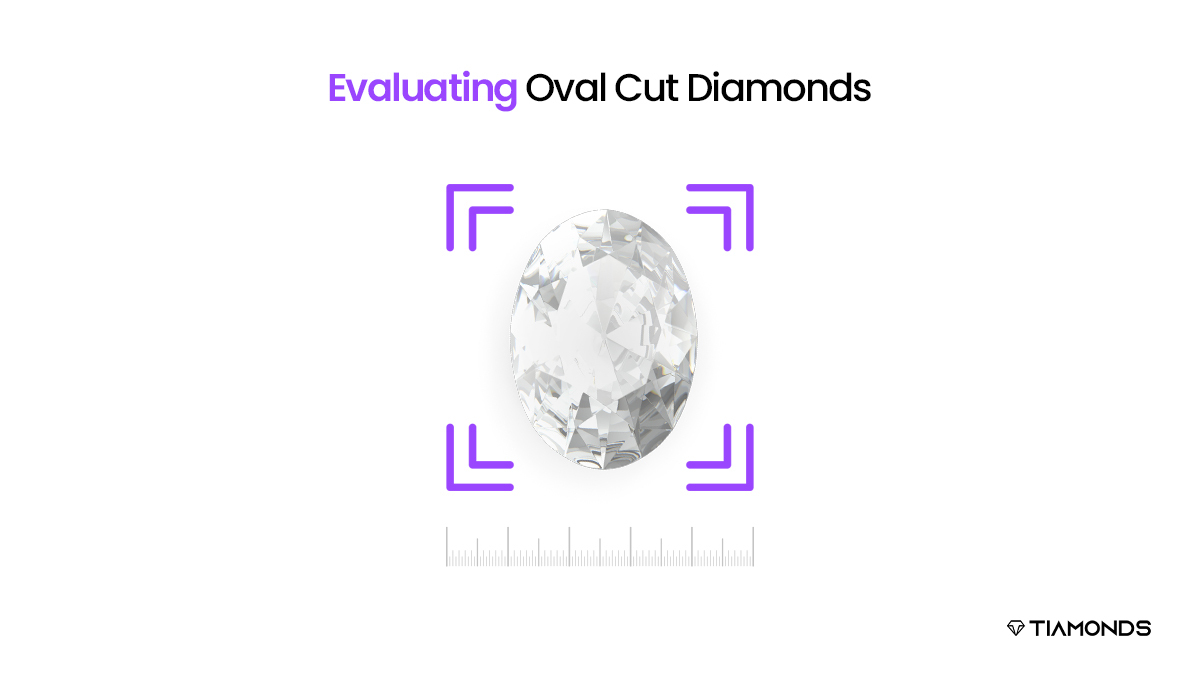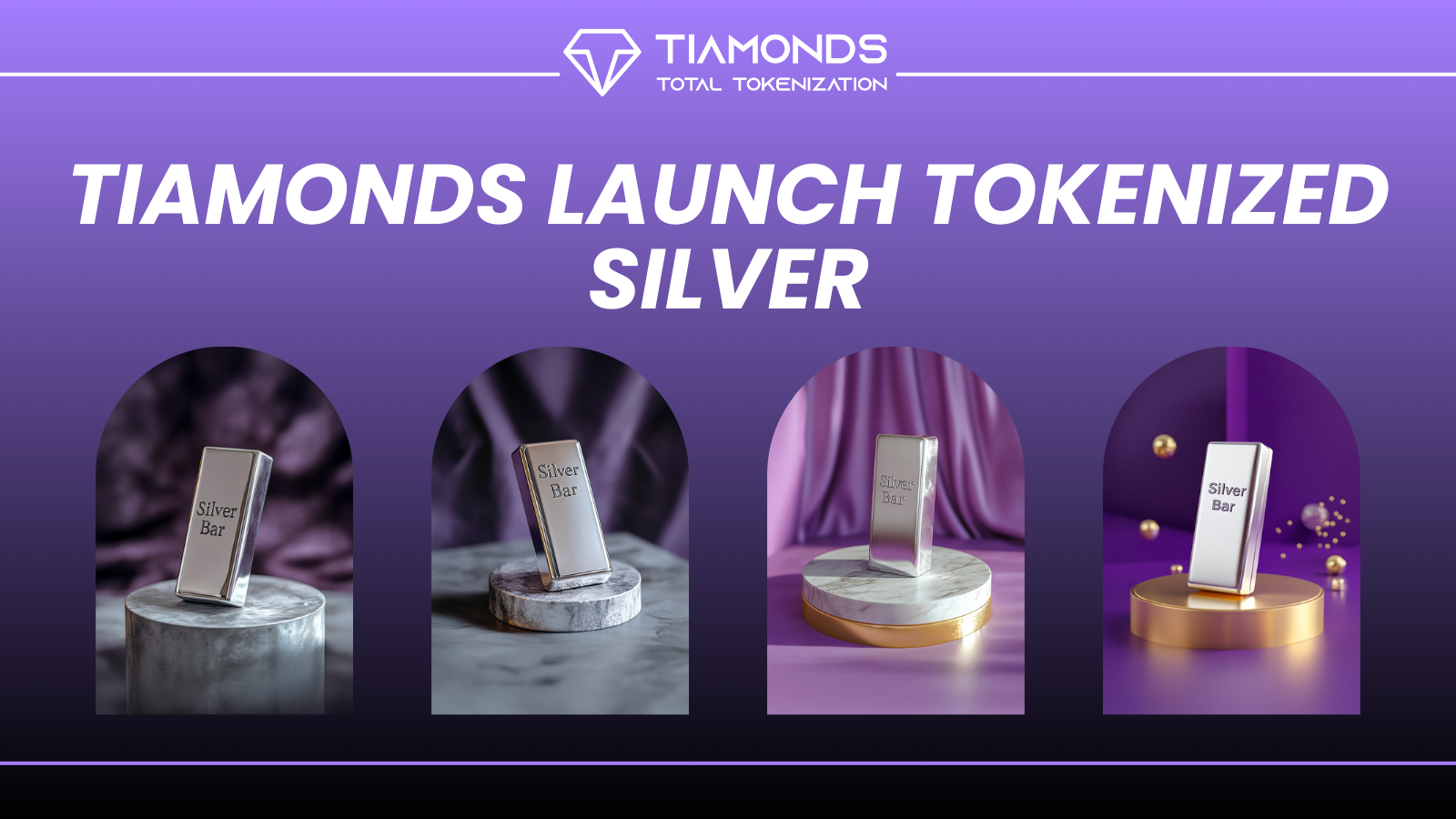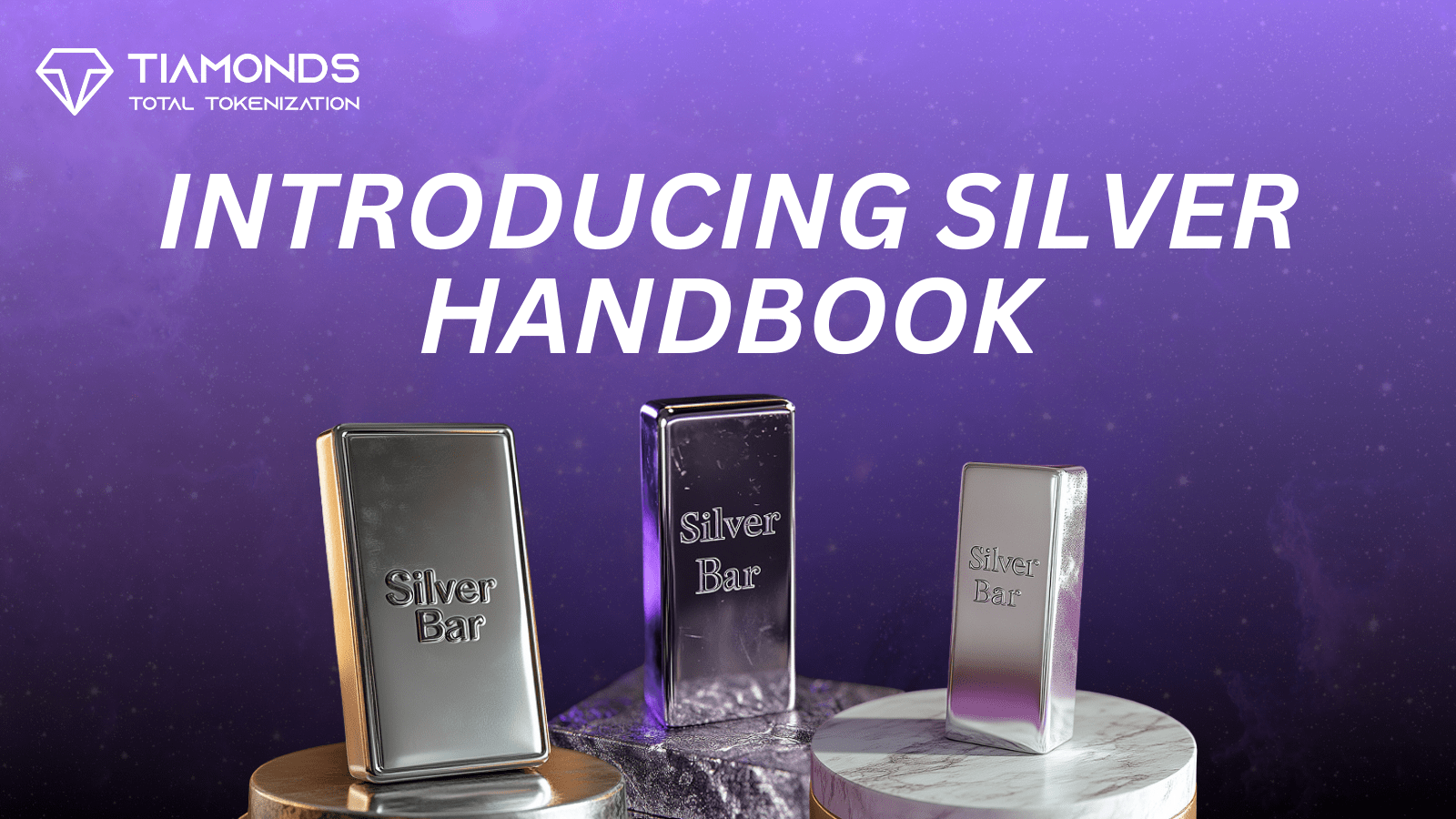Oval cut diamonds have been growing in popularity, and few other shapes can match their seamless, graceful contours. Its simple form often goes unnoticed in favour of its circular relative, but it exudes an air of elegance and finesse that testifies to its exquisite taste. Oval diamonds are carved in a manner comparable to that of the Round Brilliant. This makes a stone of exceptional beauty, fire, and brilliance.
Table of Contents:
ToggleWhat is an Oval Cut Diamond?
These diamonds have an elongated shape and are appropriately termed oval cuts. They have 58 facets, providing them greater brilliance than the majority of other fine diamond cuts. Oval diamonds are considered sacred for many reasons, one of which is their physical aspect. However, they are also rich in symbolism, making them an excellent option for sentimental jewellery. Oval diamonds symbolise individuality and distinction. This is considering they are a more contemporary stone form, originally derived by elongating the round brilliant shape.
Oval diamonds, which emerged in the 1300s, are one of the earliest diamond shapes. In the 1960s, a Russian diamond cutter called Lazare Kaplan refined the shape. He invented the cutting technique that is still used today to create the most dazzling, fire-filled oval cut diamonds. Already renowned for his ability to transform broken diamonds into smaller, low-carat, but significant-worth diamonds, his invention of oval cutting earned him a place in the Jewellers International Hall of Fame.
Even after many centuries, the ovoid remains one of the most renowned diamond shapes in the world. Oval-cut Made by Gem Breakfast rings have been among our most popular designs.
Evaluating Oval Cut Diamonds
Clatity
Clarity is the number of inclusions or defects present in a diamond. Due to their oval shape and brilliant cutting technique, oval cut diamonds effectively conceal flaws. That means you can choose a reduced clarity grade yet obtain a diamond that is visually flawless. You are now free to allocate your budget to more essential factors, such as cutting.
Keep in mind that blemishes in the centre of the stone will be prominent, whereas blemishes near the borders will be better concealed.
GIA Grade Scale
Flawless (FL): No inclusions or imperfections are visible under 10 magnification.
Internally Flawless (IF): Under 10x magnification, no inclusions (but some defects) are visible.
Very, Very Slightly Included (VVS1 and VVS2)
Very Slightly Included (VS1 and VS2): Under 10x magnification, minute inclusions are visible.
Slightly Included (SI1 and SI2): – Visible inclusions upon 10x magnification.
Included (I1, I2, and I3): – Inclusions visible at 10x magnification
Cut
The cut is the greatest indicator of a diamond’s sparkle, brilliance, and overall beauty. As with all fancy-cut diamonds, the GIA does not assign an overall cut grade to oval diamonds, as it does with round brilliants. However, all is not lost; there are numerous other statistics that help tell the narrative of a diamond’s cut. Consult the table below to determine where to begin with cut quality.
Keep in mind that while statistics are a good starting point for eliminating low-quality diamonds, your best bet is to view a diamond in person or via video and work with a reputable jeweller to locate the highest-quality diamond within your budget. Oval diamonds are exceptionally subjective, and beauty (not the numbers) is truly in the eye of the beholder.
Color
Because oval-cut diamonds reveal colour in addition to other diamond shapes, you will need to choose a diamond with a higher colour grade to achieve a specific appearance, such as cool and colourless or sunny champagne. The bigger the diamond, the more pronounced the colour variations will be.
Nevertheless, the distinctions between two (or even three) colour grades are frequently imperceptible to the unaided eye, so choose the diamond colour that you prefer visually rather than paying extra for an imperceptible letter grade.
Carat
Carat refers to the weight, not the dimension, of a diamond, contrary to popular belief. Due to their elongate shape, oval cut diamonds appear larger relative to their carat weight compared to other diamond shapes, such as the round-cut diamond.
A one-carat round diamond typically measures 6.5 x 6.5 mm, though a standard oval cut diamond is 7.7 x 5.7 mm; the increased height creates the illusion of a larger diamond. Consider an oval cut if you desire a diamond that appears larger than its carat weight.
Through the revolutionary concept of tokenization of real-world assets, investing in diamonds has exploded into the digital domain. Diamonds have always been admired for their inherent beauty and rarity, but nowadays they also represent a novel approach to investing. Tiamonds, a cutting-edge platform devoted to tokenized diamonds, has emerged as a blockchain-secured gateway for investors to participate in the diamond market. With the recent introduction of 10 new diamonds on its marketplace, including incredible oval cut diamonds, Tiamonds is at the forefront of this fascinating evolution in investment. The combination of diamonds and blockchain technology demonstrates an outstanding blend of tradition and innovation, paving the way for an era in which the investment potential of diamonds will be genuinely limitless.
Learn more about: tiamonds.com/market




